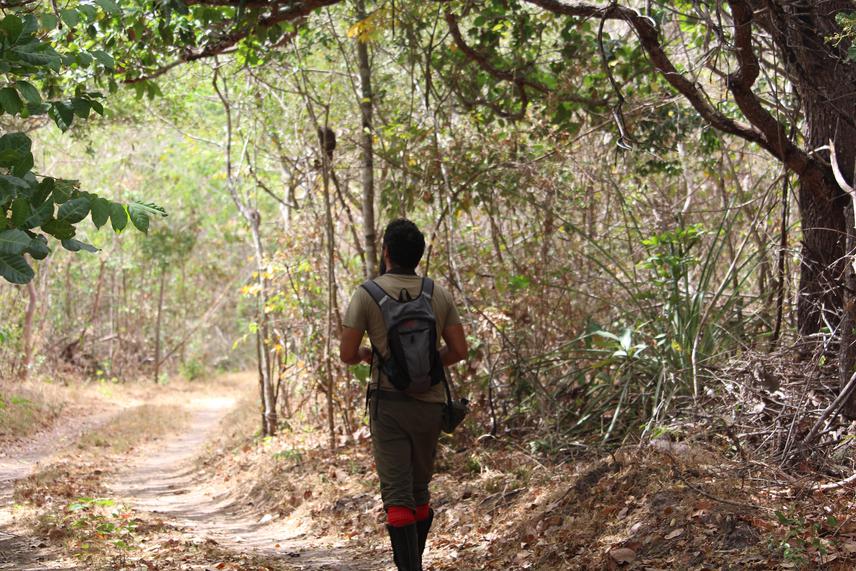Robério Freire Filho
Other projects
11 May 2016
Conservation Strategy for Caatinga Howler Monkey (Alouatta ululata), Northeastern Brazil
4 Jun 2019
Climate Change Impact and Priority Areas for the Conservation of the Endangered Caatinga Howler Monkey, Alouatta ululata
Howler monkey species depend on arboreal environments. These areas are heavily exploited for the production of charcoal, wood and monocultures. Additionally, hunting and the use of these primates as pets or in traditional medicine practices are also major threats in this region. In general, little is known about the populations of these animals and there is limited knowledge on population aspects such as abundance and density. In addition, it is very important for species conservation to identify and quantify whether populations have increased or decreased in recent years.
The states of Piauí and Maranhão are part of the poorest region in Brazil, presenting a low Human Development Index (HDI). However, areas of the Caatinga and Cerrado between the states of Piauí and Maranhão, in Northeastern Brazil, are very important for the conservation of three species of endangered howler monkeys, as there are still some areas with vegetation and the landscape is still not very fragmented.

Project coordinator (Robério Freire-Filho) carrying out linear transects on trails to find howler monkeys. © Thabata Cavalcante.
By the IUCN, the caatinga howler monkey (Alouatta ululata) is classified as Endangered, the red-handed howler monkey (Alouatta belzebul) is classified as Vulnerable and the black-and-gold howler monkey (Alouatta caraya) is classified as Near Threatened. In this scenario, private protected areas (as well as other types of protected areas) can function as important tools to maintain areas with natural vegetation and habitat for many species of mammals.
One of the objectives of our project is to identify farm owners who are interested in creating private protected areas on their properties. Furthermore, we intend to understand how the populations of the target species are in terms of abundance, density and sex-age composition in different areas. To understand the existing local threats to target species and the relationship of local community members with primate species. Furthermore, we aim to estimate the increase or decrease in howler monkey populations in recent years using ethnobiological data. Based on the information from the interviews with community members, we will build environmental education and awareness actions in the study areas. Such activities include lectures, artistic activities and the presentation of documentaries. These initiatives will contribute to increasing our knowledge of these species of howler monkeys, to the conservation of these species in this region and awareness or information of members of local communities.
Header: Project coordinator (Robério Freire-Filho) observing primates with binoculars/ © Thabata Cavalcante.